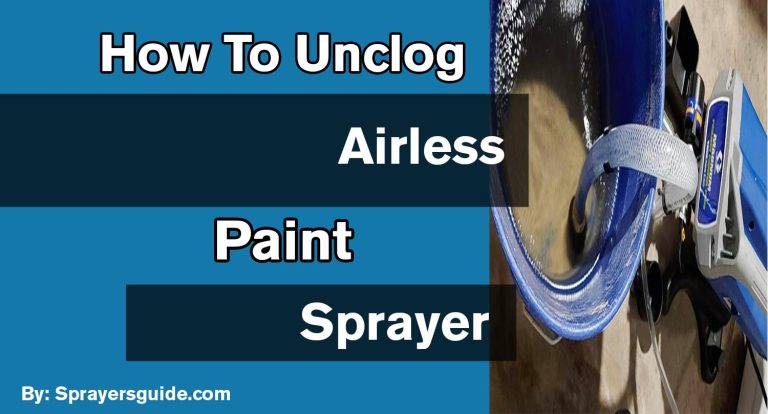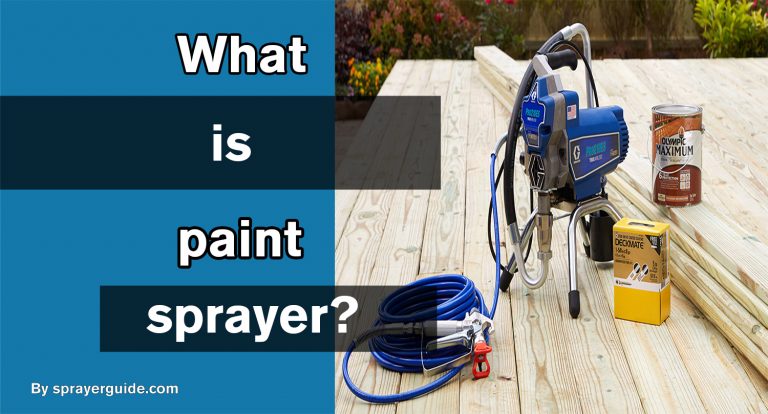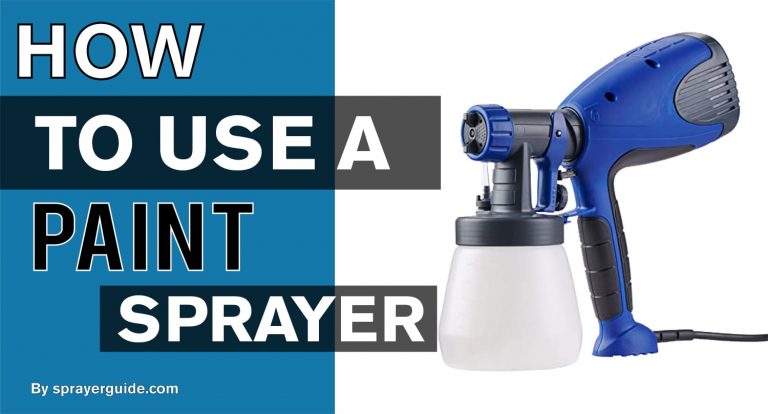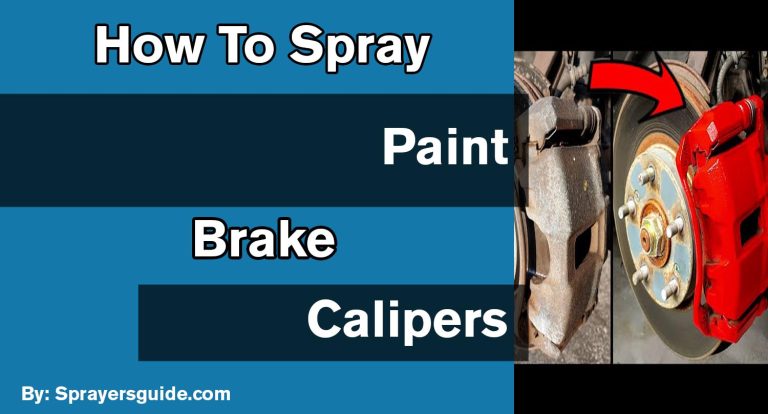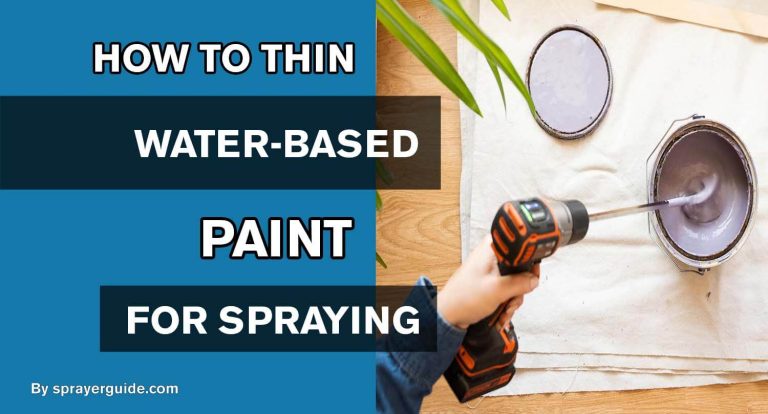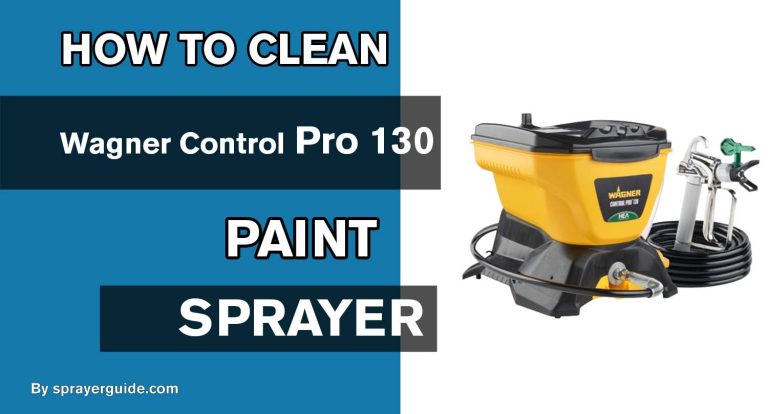If you’re renovating your home, you’ve probably encountered a layer of water-based primer beneath old paint or wallpaper. While covering this layer with a fresh coat of paint may be tempting, doing so could lead to serious problems. To ensure that your projects last for years and look great, go the extra mile and thoroughly remove any existing water-based primers before proceeding with your work. We’ll show you how to do it in this blog post!

How To Remove Water-Based Primer
The Tools Required To Remove Water-Based Primer:
Biochemical paint stripper:
This is one of the most effective ways to remove water-based primer from surfaces, as it breaks down the product’s chemical structure. To use this tool, apply a generous layer over the surface containing the primer and allow it to penetrate for around 30 minutes.
Heavy-duty solvent:
Using a heavy-duty solvent can also remove water-based primer from surfaces. Apply a generous layer of the solvent to the surface in question, ensuring that all areas are covered with an even layer of product. Let sit for around 20 minutes before attempting to scrape away any softened or loosened portions of primer on the surface.
Clean cloth:
Using a clean cloth is an effective way to remove water-based primer from surfaces. After applying a generous layer of the solvent or paint stripper, use a clean cloth to wipe away any softened portions of the primer on the surface.
Rubber gloves:
Wear rubber gloves when handling solvents and chemical cleaners for safety purposes. In addition, it is advisable to wear safety glasses and a dust mask/respirator to avoid inhaling any fumes these products release during use.
Liquid cleaner:
This product is generally used in conjunction with either biochemical paint strippers or heavy-duty solvents, as it can help loosen the grip that the primer has on the surface in question. Apply a generous layer of the cleaner to the affected area and allow it to sit for around 10 minutes before wiping away any softened areas.
Protective eyewear:
Safety glasses or other protective eyewear are highly recommended when working with solvents, paints, and chemical cleaners. This will help protect your eyes from any potential harm caused by fumes released during use.
Dust mask/respirator:
When using solvents, paints, and chemical cleaners, a dust mask/respirator should be worn as they can emit harmful fumes that can damage the lungs if inhaled.
Putty knife/Paint scraper:
If either biochemical paint strippers or heavy-duty solvents have been applied to the area in question, then a putty knife or paint scraper can be used to peel away any softened parts of the primer gently.
Water and vinegar (for stripper):
If a biochemical paint stripper has been used on the affected area, water and vinegar can neutralize any residue left over from the application process. Soak a cloth or sponge in equal parts water and vinegar and wipe down the area until it is neutralized.
pH testing strip:
To ensure that the surface is adequately neutralized after using either biochemical paint strippers or heavy-duty solvents, use a pH testing strip to test the surface. If the reading is not neutral, use water and vinegar (as described above) to further neutralize the surface.
Mineral spirits:
If using a pH testing strip reveals that the surface is still not neutral after being treated with either biochemical paint strippers or heavy-duty solvents, use mineral spirits to help balance the pH of the affected area.
Sandpaper:
After all the steps have been taken to loosen and remove water-based primer from surfaces, sanding can gently remove any remaining portions of primer on the surface. Wear protective eyewear and a dust mask/respirator during this process.
Sanding block:
A sanding block can even out rough patches or areas left over from sanding the surface. This will give a smoother and more even finish to the area in question.
Procedure in steps Removes the Water-Based Primer:
Prepping for Removal:
Start by gathering your tools, such as a biochemical paint stripper, a heavy-duty solvent, clean cloths, rubber gloves, liquid cleaner, eye protection, a dust mask, or a respirator. Use these things to keep yourself safe while working with chemicals and sharp tools (like a putty knife or paint scraper) that may be needed to remove the water-based primer.
Applying the Stripper:
Using a brush, apply the biochemical paint stripper according to the instructions provided on the label. Allow it to set for at least 15 minutes before removing the primer. Once applied, use a putty knife or paint scraper to scrape off pieces of the primer. You may need to repeat this step if the material is still incomplete.
Removing the Primer:
Once all the primers have been scraped off, use sandpaper and a sanding block to remove any leftover residue. Pay special attention to spots that don’t want to come off or are much thicker than other spots on your surface. Wear safety glasses and a dust mask or respirator to protect your eyes and lungs from any dust or debris that may get in the way.
Neutralizing and Cleaning the Surface:
Once all of the primers have been removed, the surface needs to be neutralized and cleaned with water and vinegar before a new coat of paint or primer can be put on. Before moving on to the next step in your painting project, use pH testing strips to ensure your surface is neutralized correctly.
Finishing Touches:
After you’ve done all of the above, use a liquid cleaner to remove any leftover residue or chemical deposits from the removal process. Before starting a new painting project on your newly primed surface, ensure everything is dry!
Frequently Asked Questions:
Most water-based primers will say “latex” or “water-based” on the label, and they are easy to clean up with soap and water. Oil-based primers are usually labeled “alkyd” or “oil-based.” To clean them up after use, you’ll need mineral spirits.
The best way to get rid of a water-based primer is to use warm soapy water and a sponge or soft cloth to scrub away any leftovers gently. You can use a mild detergent or an ammonia-based cleaner to get rid of stubborn residue, but first, test it in an inconspicuous area to ensure it won’t damage the surface you’re cleaning.
If you spill water-based primer on surfaces like wood, fabric, or carpet, use a paper towel to soak up as much liquid as possible before scrubbing with warm soapy water and rinsing with clean cold water. If the accident happened on a sealed surface like tile or concrete, you might need a more powerful cleaner like paint thinner or mineral spirits. Wear gloves and other safety gear when working with these dangerous materials.
Conclusion:
Finally, removing water-based primers can be difficult. However, you can do it effectively and safely with the proper knowledge and tools. Before beginning any project involving solvents or chemicals, always read the instructions on the label of your primer. Wear protective gloves, goggles, and other safety equipment to protect yourself and those around you. Finally, when working with solvents or chemicals, ensure the room is well-ventilated. With these tips, you can quickly and effectively remove the water-based primer.
Read More:
- How Long Does Primer Spray Paint Take To Dry
- How To Spray Paint Wood Chairs
- How To Thin Water-Based Paint For Roller
- How Long Does Spray Paint Take To Dry Metal
- Is It Better To Spray Or Roll the Interior Paint
- Does A Paint Sprayer Use More Paint Than A Roller
- How To Thin Water-Based Paint For Spraying
- How To Clean Wagner 350 Paint Sprayer
- How To Paint A Textured Ceiling With A Roller
- Which Is Better, Air Or Airless Paint Sprayer
- How To Use Hvlp Spray Gun
- How Long Does Spray Paint Take To Dry On Cardboard
- Graco Magnum Prox17 VS X5

